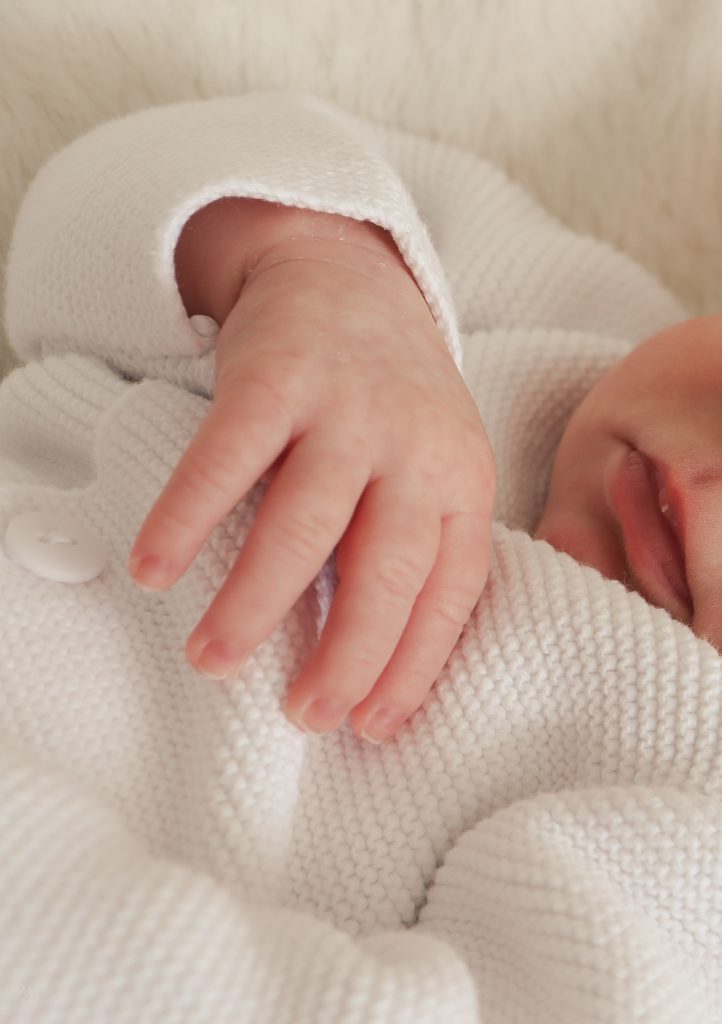
Preservatives on the skin
Just like preservatives can be bad to eat, they can also be bad for our skin. Human skin acts as the first line of defense against infectious and toxic external agents.
Skin is populated by various microorganisms, the microbiota, such as bacteria, viruses, yeasts, fungi, and archaea bacteria. The skin microbiota is in constant contact with the surrounding environment which can alter its natural state.
In recent years, the microbiome, and especially the skin microbiome, has been reported to play an important role in human health. The large population of microbes that live on the skin, along with our human innate immunity which are our barriers that keep harmful materials from entering your body, creates the skin barrier that allows maintaining healthy skin.
When the balance of the skin microbiota is disturbed, there are changes of the diversity and population of the skin microbiota which can unbalance. If unbalance occurs, your skin can become more susceptible to external agents.
As a consequence of changes in both the external and internal environment, the skin can respond rapidly. Similarly to the gut, skin is also to be considered a neuroendocrine organ.
There is growing evidence that pollutants, phthalates, and other chemicals included in cosmetic products can act as endocrine disruptors, interfering with the skin neuroendocrine system.
It has also recently been observed that the application of cosmetic products to the skin can alter the balance of the skin microbiota, compromising the healthy state of the skin, mucous membranes, and the scalp. Indeed, the topical application of cosmetic products such as hygiene products, moisturisers, anti aging products, soaps, shampoos, lotions can alter the lipid film that covers the skin and affect the diversity of the skin’s microflora.
The application of a basic cream containing phenoxyethanol to human skin was shown to disturb the skin microbiota.
Preservatives on the skin remain active in products after they have been applied to the skin. Indeed, the preservatives can interact with the microbes present in this environment changing the balance of the bacterial population.
Better preservatives can look like:
🔹hydroxyacetophenone,
🔹phenylpropanol,
🔹propanediol,
🔹caprylyl glycol,
🔹tocopherol,
🔹tetrasodium glutamate
These preservatives rate as the most suitable for restoring a pre-existing dysbiosis/unbalance since they act only “moderately” inhibiting C. acnes (Acne) and strongly S. aureus (Staph) without simultaneously inhibiting the growth of S. epidermidis. (This is gram positive bacterium living on our skin)

